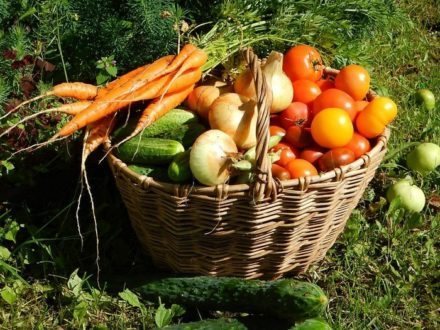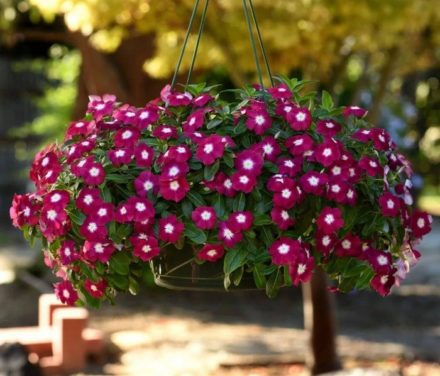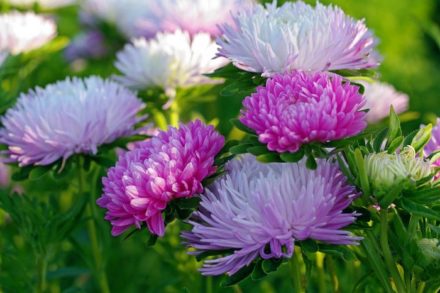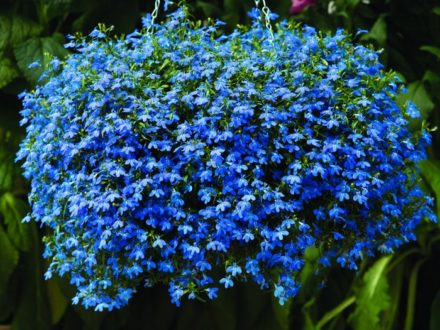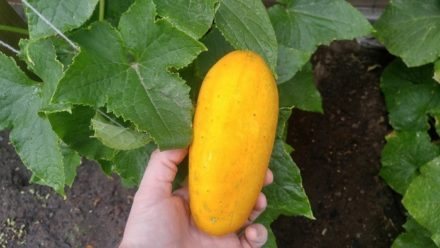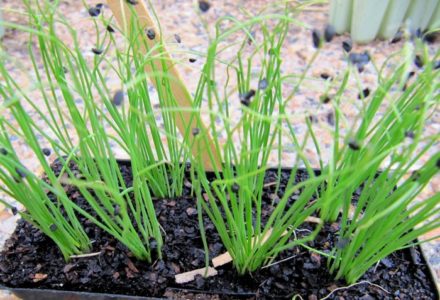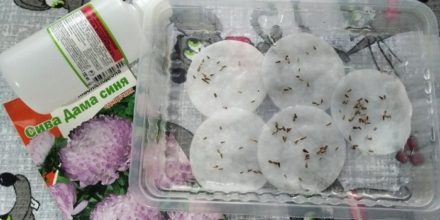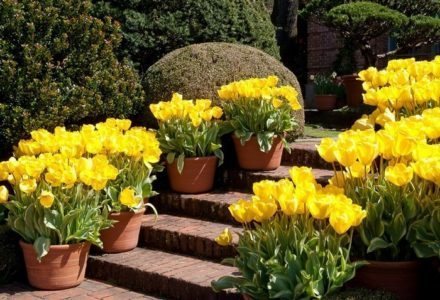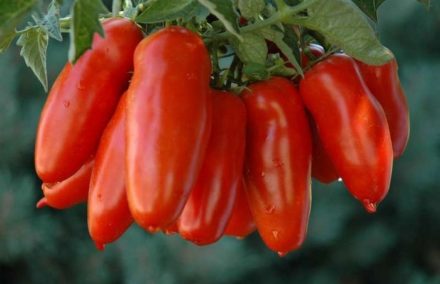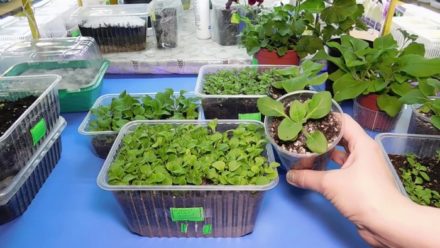Gardeners have to grow many cultivated plants through seedlings. As a rule, home sowing is used for slow-germinating seeds and crops with a long growing season. Germinating seeds speeds up the germination process. However, it is not always possible to obtain the desired result. Beginners, unknowingly, can make mistakes and ruin planting material. You need to pay attention to 5 important points.
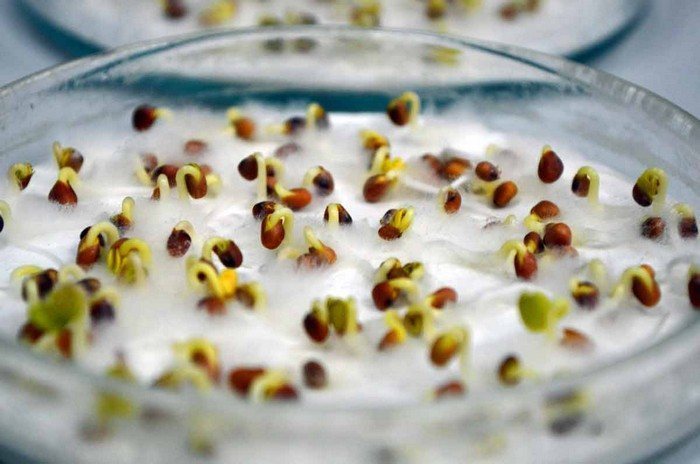
Shelf life of seeds
Some people count on germination as a miraculous procedure that can revive even old and dry seeds. Alas, a miracle is unlikely to happen. Each seed naturally has its own growth potential. Some seeds are stored for 2-3 years, after which they germinate remarkably. Some types of seeds retain good germination for a little more than a year.
When purchasing planting material, you must pay attention to the expiration date. As a rule, this does not happen with your own seeds. Summer residents harvest them immediately after harvesting and sow them in the coming season. However, there are some tricks here too. For example, crops such as cucumber, zucchini, pumpkin, and watermelon give a larger harvest if the seeds sit for 2-4 years.

Quality test
Among the seeds there are often defective specimens. Even if most of the seeds turn out to be full and ready to germinate, some of them may be dried out and defective.Before starting germination, the seed material is calibrated.
Calibration is a procedure during which the seeds are dipped into a glass of water, to which 1 heaped teaspoon of salt is added. You need to wait 5-10 minutes. As a result, high-quality seeds will sink to the bottom of the glass, and the dummies will remain floating on the surface; they can only be thrown away.
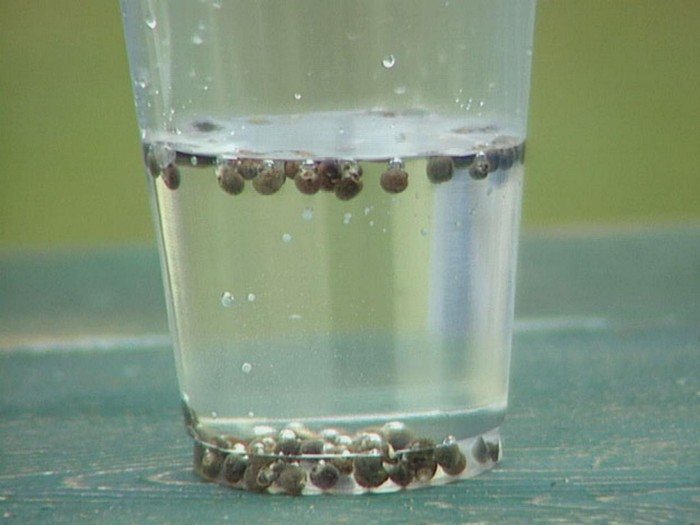
Disinfection
Purchased planting material does not require disinfection, as it undergoes the necessary processing in production. Your own seeds must be disinfected. It has long been proven that seeds can retain viruses, bacteria, and fungal spores on their surface. If you do not treat them with a disinfectant composition, the plants will become sick in the future, which will not allow you to get a good harvest.
Before you start germinating the seeds, they must be soaked for 20 minutes in pharmacy hydrogen peroxide (without dilution). A bright pink solution of potassium permanganate is often used; the seeds are kept in it for no more than half an hour. Of the special preparations, Fitosporin is suitable for this purpose. The solution is prepared according to the instructions, soaking time is 1-2 hours.
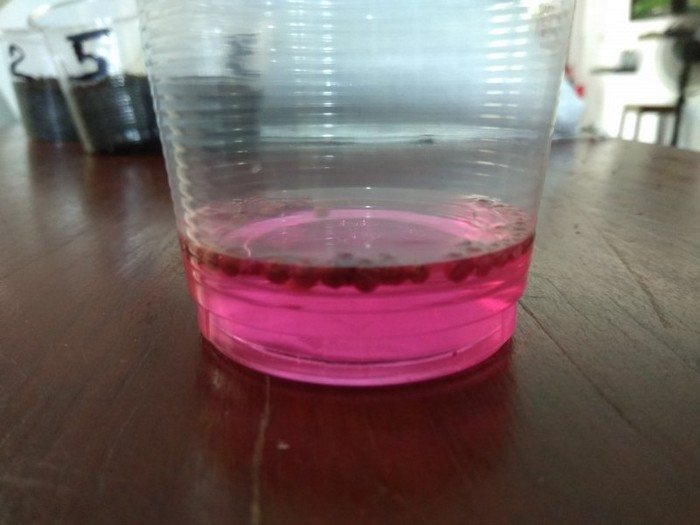
Germination in water
When germinating seeds in water, you cannot completely immerse them in moisture. If you violate the technology, the seeds will simply suffocate and die. Such seeds will no longer be able to germinate, since for development they need access to oxygen, which they were deprived of. According to the rules, germination is carried out in a shallow bowl or saucer.
The bottom of the dish is lined with wet cotton cloth, on which the seeds are laid out.Cover the top of the planting material with a damp cloth. Some people find it more convenient to do germination between two cotton pads soaked in water. Then the dishes are placed in a plastic bag, leaving air to breathe, and placed in a warm place. The condition of the seeds is periodically checked. After the sprouts appear, you can sow in the ground.
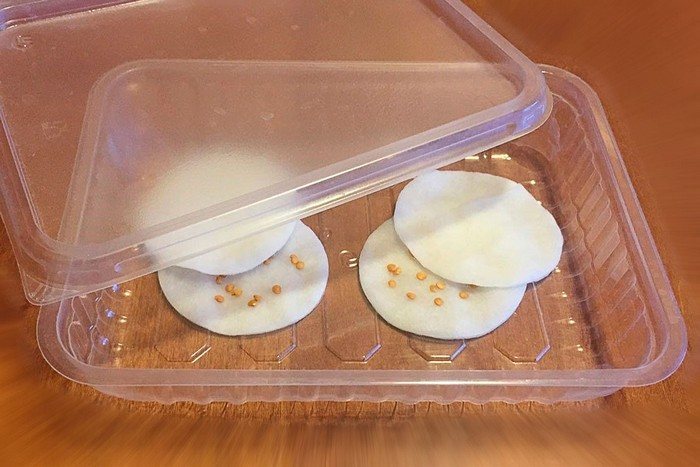
Germination in soil
Summer residents often take garden soil for seedlings and then wonder why the seeds did not germinate. The soil for planting should be breathable and light. In dense soil, it is difficult for seeds to break through to the light. For this reason, a significant part of the seeds may not germinate.
In addition, heavy soil retains moisture longer, which promotes the proliferation of pathogens. As a result, the seeds may become rotten. Purchased soil for seedlings causes fewer problems. It is sold in various versions - for flower and vegetable crops. Such soil is always loose; before sale it is processed to get rid of larvae, fungi and bacteria.
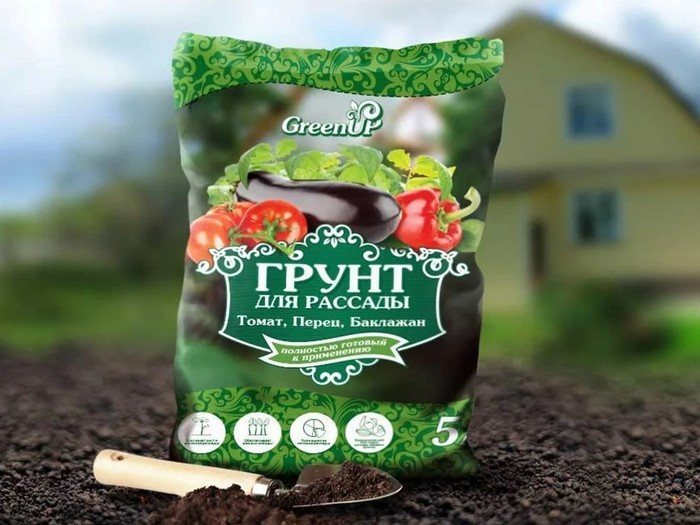
Equally important is the conditions under which the seeds are germinated. To awaken the seed embryo, the room must be warm. A temperature of +24-26 °C will be enough. In addition to heat, moisture is needed. If the soil or the fabric with the seeds wrapped in it dries out at least once before germination, there will be no sprouts.


